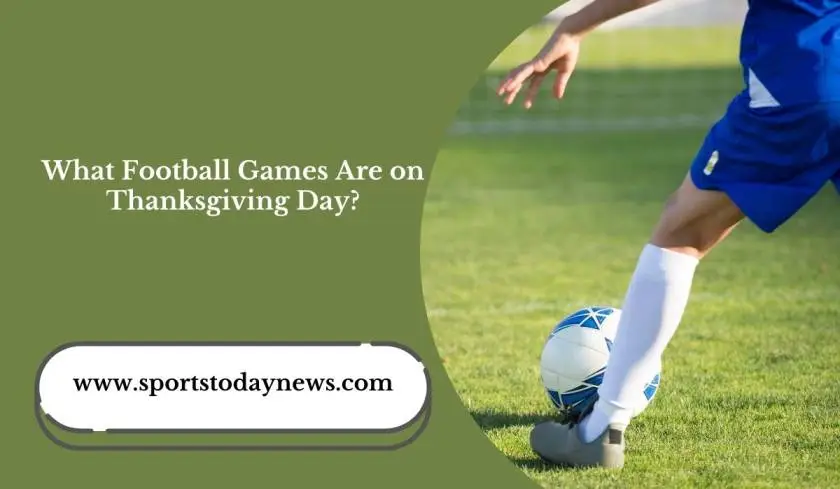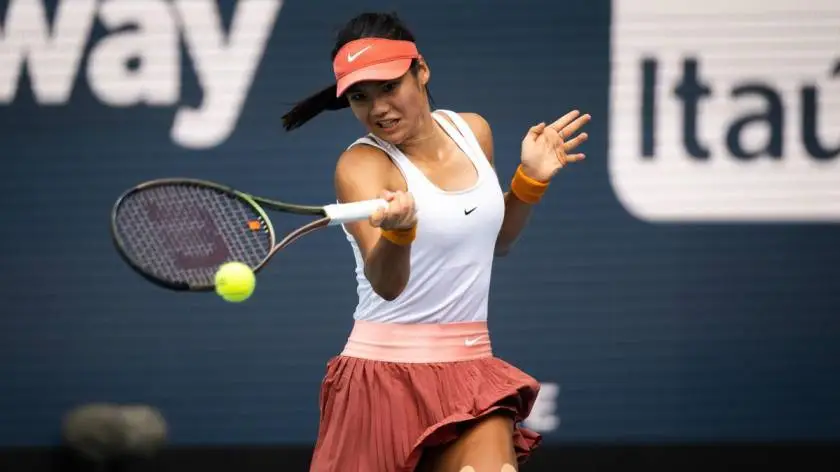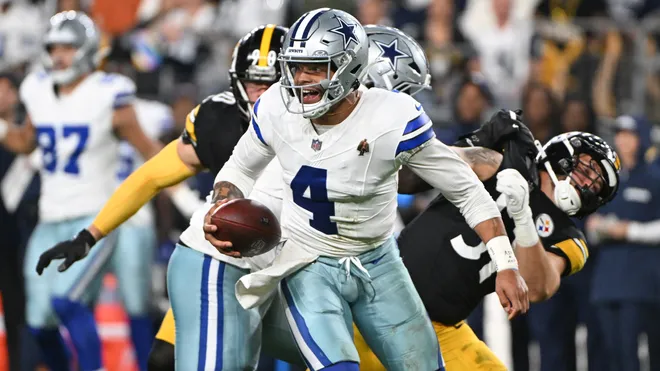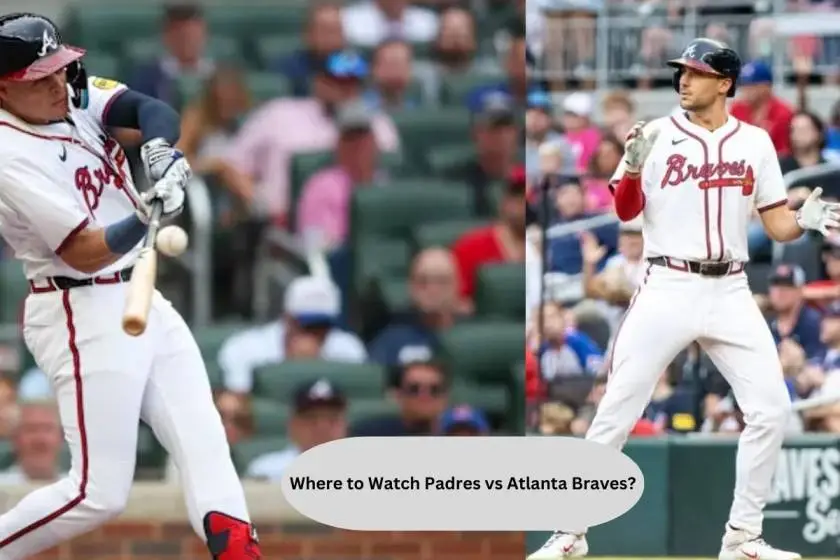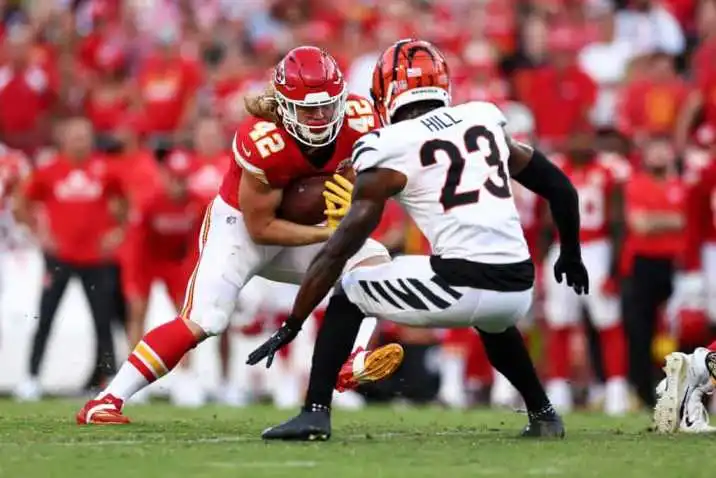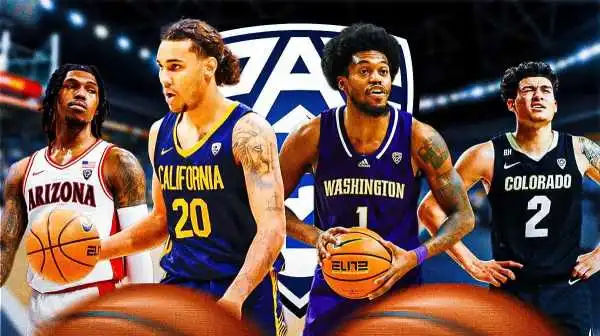
English Premier League Plans to Resume June 17
LONDON — The English Premier League, the most-watched sports league in the world, plans to resume play on June 17 after a two-month hiatus caused by the coronavirus pandemic, league officials announced on Thursday.
The resumption of soccer in England follows Germany’s Bundesliga, which began play last week. It adds momentum to a comeback of sports, with several North American leagues also making plans to find a way back to play. Serie A, which has been suspended since March 10 in hard-hit Italy, announced on Thursday that it would also return, on June 20.
The Premier League’s return would come after weeks of uncertainty amid disagreement among teams over the possibilities. Germany’s successful return to action earlier this month, with the league completing two rounds of action without incident, helped build consensus among executives of England’s leading teams who would have faced huge losses should the season be called off.
The agreement still requires final clearance from British authorities.
In recent days, momentum had been building that the league would return to action after similar moves to complete the season without fans in a growing number of leagues across Europe. English teams earlier this week agreed to protocols for the resumption of full contact practice, a necessary step before competing in games again.
The first games on the schedule will be Aston Villa hosting Sheffield United and Arsenal’s visit to Manchester City. Those games were postponed earlier in the season because of a clash in the calendar.
Several setbacks had suggested that the Premier League might not find a solution to completing the season. Some players raised doubts about returning to action during the pandemic, and a number of smaller teams objected to the possibility of having to play the remaining games at neutral sites. Some of the more high-profile games are almost certain to be played at secondary venues to help manage crowds.
Slowly, the league’s various stakeholders coalesced around the need to try to restart, with the realities of not completing the season becoming clearer. There would be a thicket of legal issues, most notably related to deciding which three teams would be relegated to the second tier, a demotion worth tens of millions of pounds. A punishing rebate would also be owed to domestic and global broadcasters that pay more for the Premier League than any other national soccer championship.
Latest Updates: Coronavirus Outbreak in the U.S.
- About 1 in 4 American workers have filed for unemployment since March.
- Masks become a flash point for businesses, with many requiring them — and a few banning them.
- The House passed a bill to give small businesses more time and flexibility to use pandemic relief loans.
The Premier League’s restart plans have received regular support from the British government, with senior lawmakers regularly talking up the possibility of games being played should strict hygiene regulations be met.
The league has recently conducted three rounds of tests on players and staff, which resulted in 12 positive tests out of 2,752 administered. The tests are required to take place twice weekly, with anyone who tests positive told to self-isolate for seven days before being cleared to return.
Early indications from Germany suggest that soccer, even devoid of jersey-clad fans, is as big a draw as ever, achieving record numbers on television for the first slate of games.
The appetite in England is likely to be just as high with Liverpool, which led the league by 25 points, two victories away from ending a title drought dating back 30 years, and the competition for the qualifying positions for the Champions League fierce with 10 games to go.
Should there be a setback, the league would most likely be forced to decide final positions on a points-per-game ratio, which would be similar to a decision taken by the French league, which surprised many this month when it called off its season after a declaration from the French prime minister that games could not be played there until September.
Even if it completes the season, the Premier League, which in many ways is a financial driver for the European soccer industry more broadly, stands to lose around 500 million pounds, or over $615 million, through lost stadium revenues, additional costs associated with the new measures and millions that broadcasters are demanding to be repaid because of the interruption to the season.
English clubs, by far the biggest buyers in the soccer global player trading market, will not be in a position to maintain spending that pushed it beyond $7 billion worldwide last year. The repercussions are likely to hit teams hardest in secondary leagues like Portugal and Belgium, where team business models are often reliant on the Premier League’s largess.
Recent reports have said top English teams have either pulled out of talks to acquire new talent or sought to renegotiate deals that were in the works before the health crisis.

